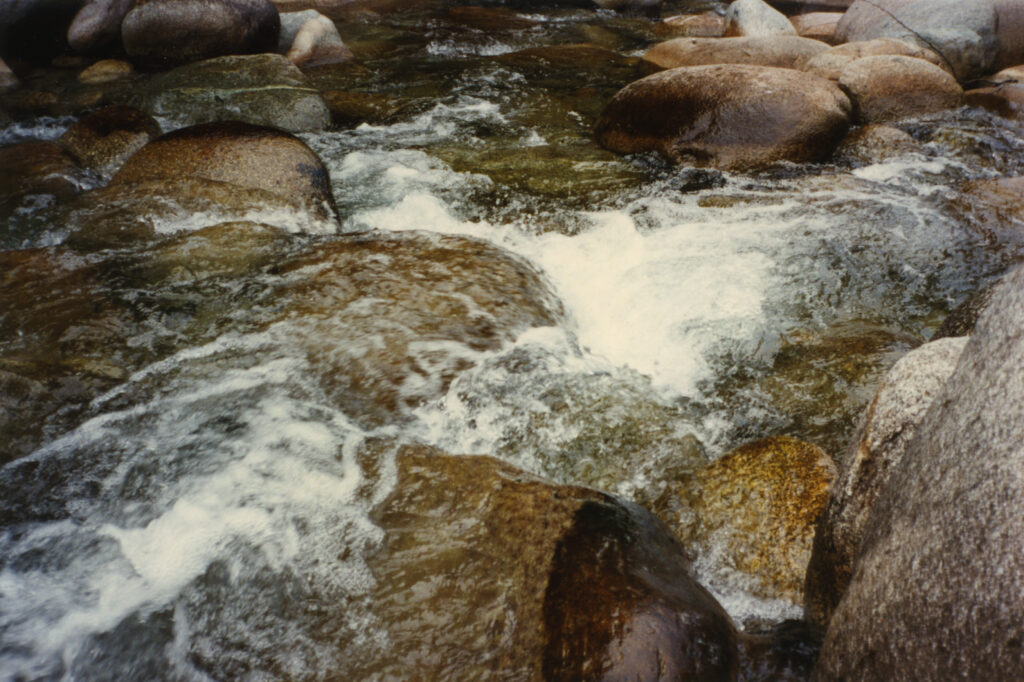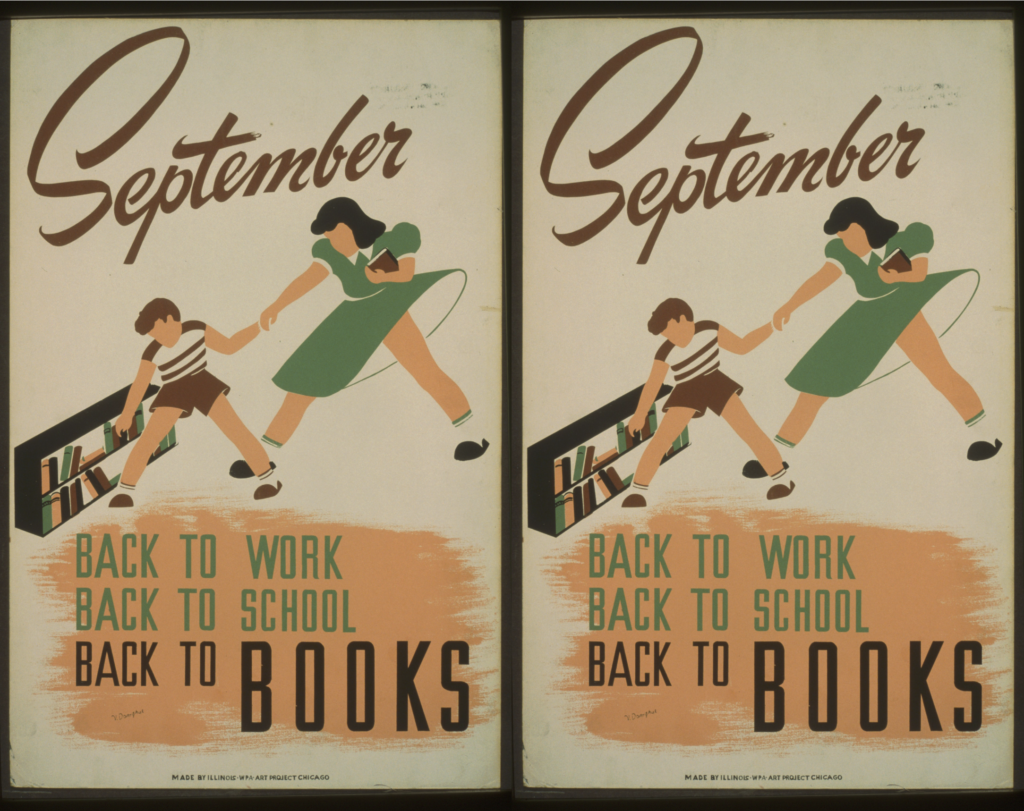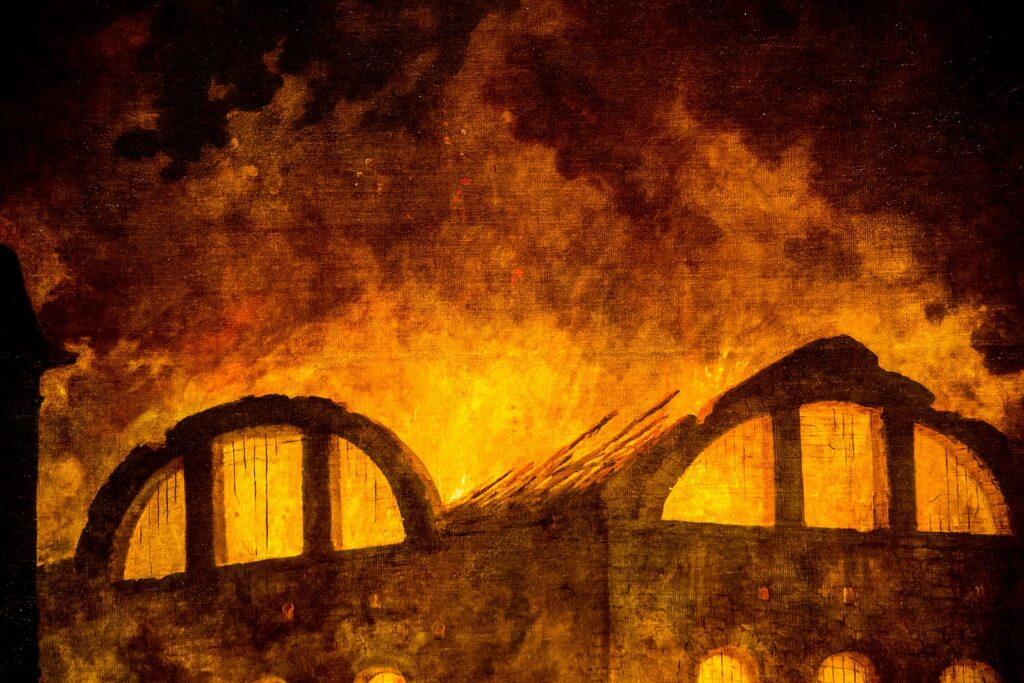Putting Ballard on a master’s course list, as I’ve done a couple of times, provokes a reaction that’s both funny and illuminating. Asked to read Crash or The Atrocity Exhibition, the more vociferous students invariably express their revulsion, while the more reflective ones voice their frustration that, although the ideas might be compelling, the prose “isn’t good.” This is especially the case with students who’ve been exposed to creative writing classes: they complain that the books are so full of repetition they become machinic or monotonous; also that they lack solid, integrated characters with whom they can identify, instead endlessly breaking open any given plot or mise-en-scène to other external or even unconnected scenes, contexts, and histories, resulting in a kind of schizoid narrative space that’s full of everyone and no one.
This second group, of course, is absolutely right in its analysis; what’s funny (and, if I can teach them anything, reversible) about their judgment is that it is these very elements (repetition, machinism, schizoid hypermnesia) that make Ballard’s work so brilliant. Not only are his rhythmic cycles, in which phrases and images return in orders and arrangements that mutate and reconfigure themselves as though following some algorithm that remains beyond our grasp, at once incantatory, hallucinatory, and the very model and essence of poetry; but, mirroring the way that information, advertising, propaganda, public (and private) dialogue, and even consciousness itself run in reiterative loops and circuits, constitute a realism far exceeding that of the misnamed literary genre. If his personae are split, multiplied, dispersed, this is because they are true subjects of a networked and fragmented hypermodernity—ones for whom identification, if it is to amount to anything more than a consoling fiction, must come through man’s recognition of himself (as Georges Bataille put it) not in the degrading chains of logic but instead, with rage and ecstatic torment, in the virulence of his own phantasms.
While Ballard’s more outwardly conventional books may give us solider, more stable realities, what these realities often present—in, for example, Empire of the Sun, which is digestible enough for a blockbuster Spielberg adaptation—is a child (or childlike figure) frolicking against a backdrop provided by the destruction of an older order of reality that the world previously took for granted. It’s a cipher for his oeuvre as a whole: endlessly playing among the ruins, reassembling the broken or “found” pieces (styles, genres, codes, histories) with a passion rendered all the more intense and focused by the knowledge that it’s all—culture, the social order, the beliefs that underpin civilization—constructed, and can just as easily be unconstructed, reverse engineered back down to the barbaric shards from which it was cobbled together in the first place. To put it in Dorothean: In every context and at every level, Ballard’s gaze is fixed, fixated, on the man behind the curtain, not the wizard.
Ballard’s novels are radical in the true sense, in that they reach back to and reanimate the novel’s very roots. The presence of Robinson Crusoe in Concrete Island is glaring, as (I’d say) is that in Crash of Tristram Shandy, with its fascination for speeding mechanized land yachts and the springs of broken carriages, for the geometry of ramparts, trenches, culverts, all superimposed on Uncle Toby’s genital mutilation, his obsession with restaging assorted topologies of conflict. Or, for that matter, Don Quixote, with its hero’s obsessive reenactments on the public highways of iconic moments from popular entertainment, the triumphs and tragedies of those late-medieval movie stars, knights-errant. And doesn’t the same propensity for modulating and monotonously lullabying list-making run through Joyce, the Sinbad the Sailors and Tinbad the Tailors and Jinbad the Jailers parading through Bloom’s mind as he drifts into sleep? Doesn’t the same technoapocalyptic imaginary characterize Conrad’s bomb-carrying Professor, whose “thoughts caressed the images of ruin and destruction”? We could drag the literary cursor forward, through Ingeborg Bachmann, William S. Burroughs, Kathy Acker—or, indeed, all the way back to Homer and Aeschylus, to wheel-mounted wooden horses, flashing beacons, falling towers.



















